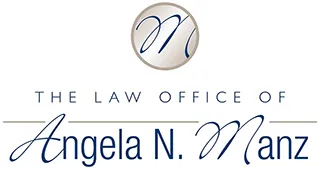Modified Form Of Retirement Ideal For Some, But Issues Exist
Retirement doesn’t have to be an all-or-nothing proposition.
In a recent article on the website bankrate.com, Christina Couch looks into the issues revolving around what’s being called “phased retirement,” in which older employees continue to contribute at their place of employment but scale back just how much they are required to do.
“The most recent stock market rout has many Americans postponing retirement while others are wondering if they’ll have to work forever,” Couch notes. “In between are those who would like to work part time for their current employers for a couple of years before taking the final plunge into retirement.
“Some companies are accommodating valued employees with so-called phased retirement opportunities. While currently only 5 percent of midsize and large companies offer a formal phased retirement program, nearly 60 percent expect to develop one in the next five years, according to a 2008 survey by Hewitt Associates.”
There are some potential drawbacks to take into account when considering a form of semi-retirement, according to the piece.
These include:
- Pension problems
- Health care restrictions
- Profit-sharing incentives
- Social Security issues
- Spousal and death benefits
“Varying tremendously from plan to plan, phased retirement programs offer would-be retirees the opportunity to gradually adapt to full retirement,” Couch writes. “However, they also come with growing concerns over how scheduling flexibility will affect retirement benefits, such as Social Security, health care and pension plans. Before signing on the dotted line, consider these five potential problems with phased retirement packages.”
“When somebody offers a program like a phased retirement package, people immediately jump at it without looking at how it will affect their future,” William Blyth, president of Blyth and Associates, a financial services firm in Chicago, told the writer. “The real question is ‘How does this plan fit into my life?’ ”
